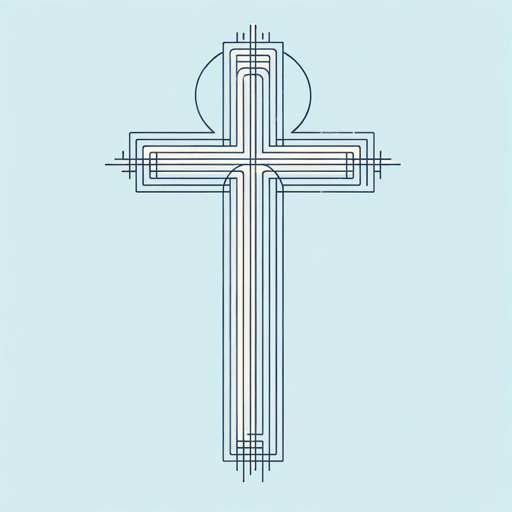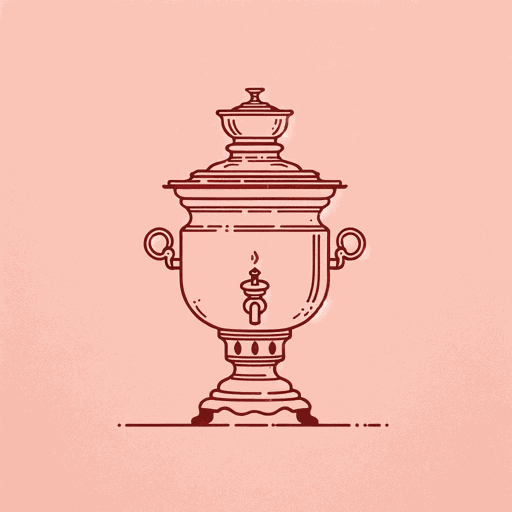30 pages • 1 hour read
Fyodor DostoevskyThe Dream of a Ridiculous Man
Fiction | Short Story | Adult | Published in 1877A modern alternative to SparkNotes and CliffsNotes, SuperSummary offers high-quality Study Guides with detailed chapter summaries and analysis of major themes, characters, and more.
Story Analysis
Analysis: “The Dream of a Ridiculous Man”
The narrative has the form of a monologue spoken by the ridiculous man. At times it resembles a dramatic monologue, and this formal device introduces the theme of Language, Lying, and Communication. The man’s story can be divided into three parts: the misery of his nihilist past, the turning point when his suicide is thwarted by the encounter with the girl, and the salvation he experiences as a result of his dream-vision of a good world. The idea that ties the story and its structure together is the narrator’s experience of being ridiculous. He is ridiculous both before and after his transformation, even though he has apparently completely changed. In the beginning of the story, as the narrator recalls his youth, he explains that being ridiculous used to bother him, especially the fact that other people who laughed at him didn’t understand that he was well aware of it himself: “But not one of them knew or guessed that if there were one man on earth who knew better than anybody else that I was absurd, it was myself, and what I resented most of all was that they did not know that” (226).
Related Titles
By Fyodor Dostoevsky

Crime and Punishment
Fyodor Dostoevsky

Notes from Underground
Fyodor Dostoevsky

Poor Folk
Fyodor Dostoevsky

The Brothers Karamazov
Fyodor Dostoevsky

The Devils (The Possessed)
Fyodor Dostoevsky

The Gambler
Fyodor Dostoevsky

The Grand Inquisitor
Fyodor Dostoevsky

The Idiot
Fyodor Dostoevsky

